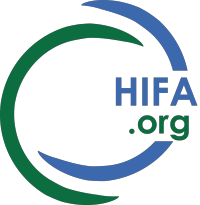Sounds like a good idea to mount BP checking points in public places for public use. BUT, is it useful and how accurate would such readings be, and what is the effect of misdiagnosis on patient foot-fall in health facilities, on the patients mental health about worry/anxiety, and on the already overworked and burntout health workforce?
In addition, and importantly, how would the public ensure they follow the good practice advice for taking Plood Pressure properly:
To carry out a blood pressure measurement correctly, you should follow these general rules: [*see note below]
- Rest for about 5 minutes before taking a measurement.
- Do not ingest any nicotine or coffee up to one hour before taking the measurement.
- Don’t eat or drink anything 30 minutes before you take your blood pressure.
- Empty your bladder before your reading.
- Sit in a comfortable chair with your back supported for at least 5 minutes before your reading.
Joseph Ana
Prof Joseph Ana
Lead Senior Fellow/ medicalconsultant.
Center for Clinical Governance Research &
Patient Safety (ACCGR&PS) @ HRI GLOBAL
P: +234 (0) 8063600642
E: info@hri-global.org
8 Amaku Street, State Housing, Calabar,Nigeria.
www.hri-global.org
[*Note from HIFA moderator (NPW): Thanks Joseph. I wasn’t aware of these rules for taking blood pressure and I see there is similar advice from the organisation Blood Pressure UK (although they don’t say anything about emptying the bladder). This raises questions. Is this advice practical, especially in busy clinical environments (let alone public BP stations)? Which aspects of the advice are most important? Can the advice be simplified?]

